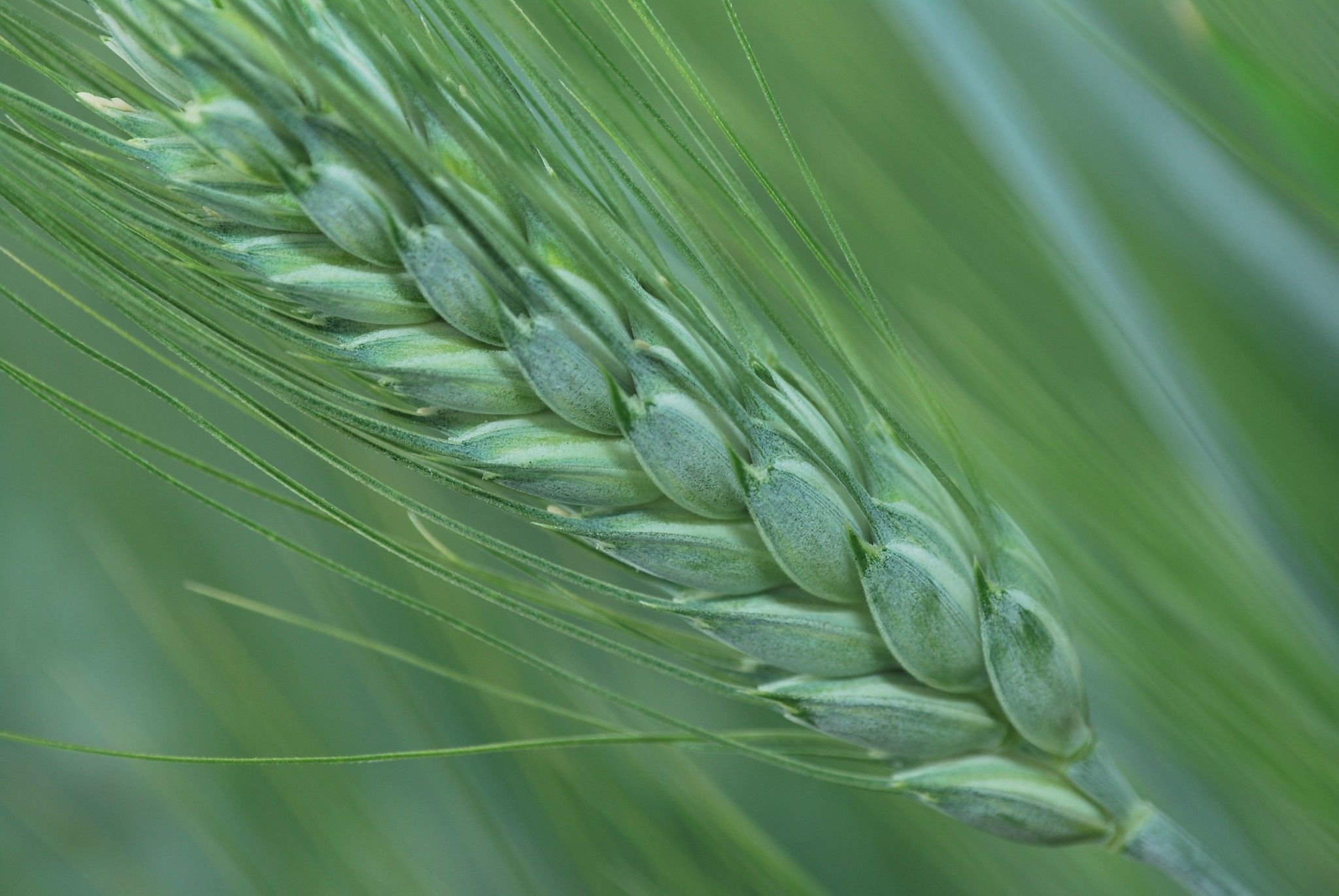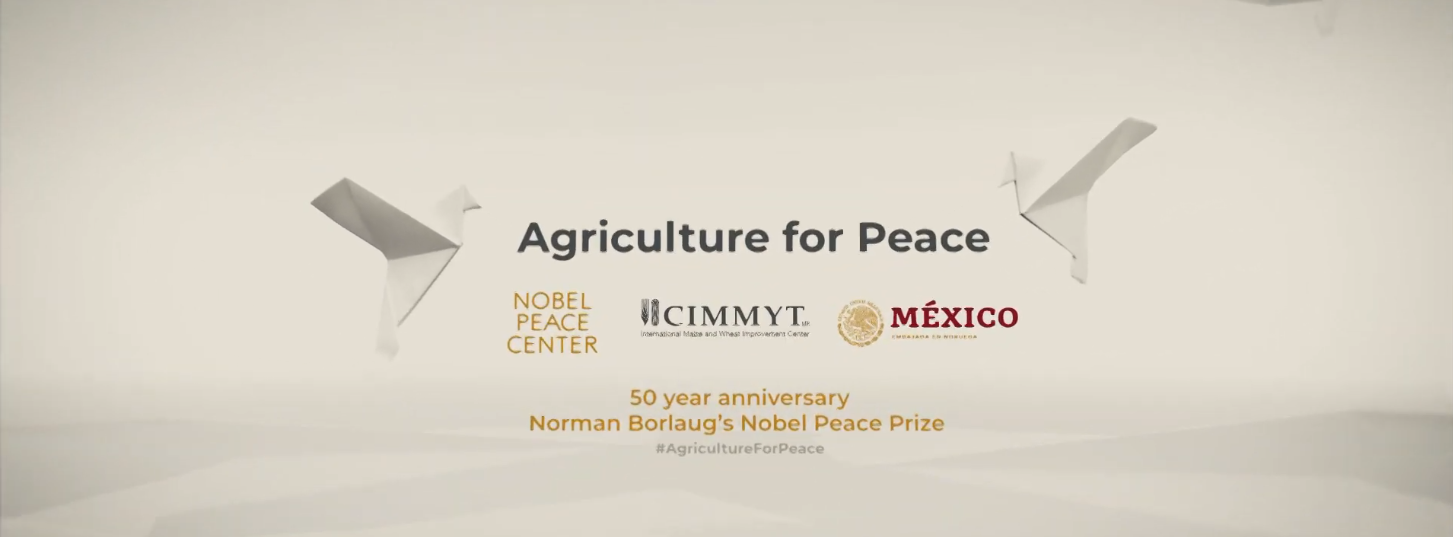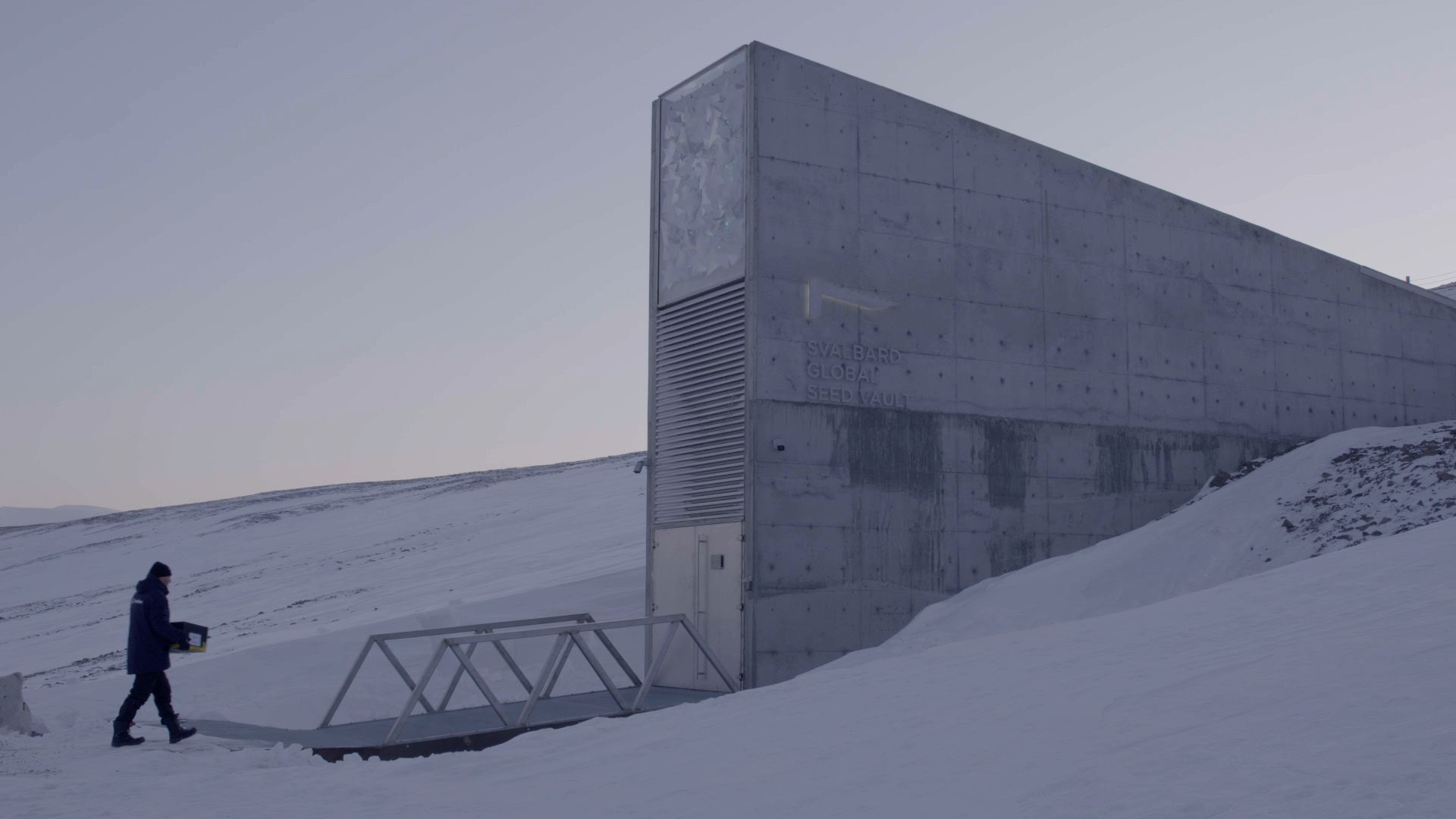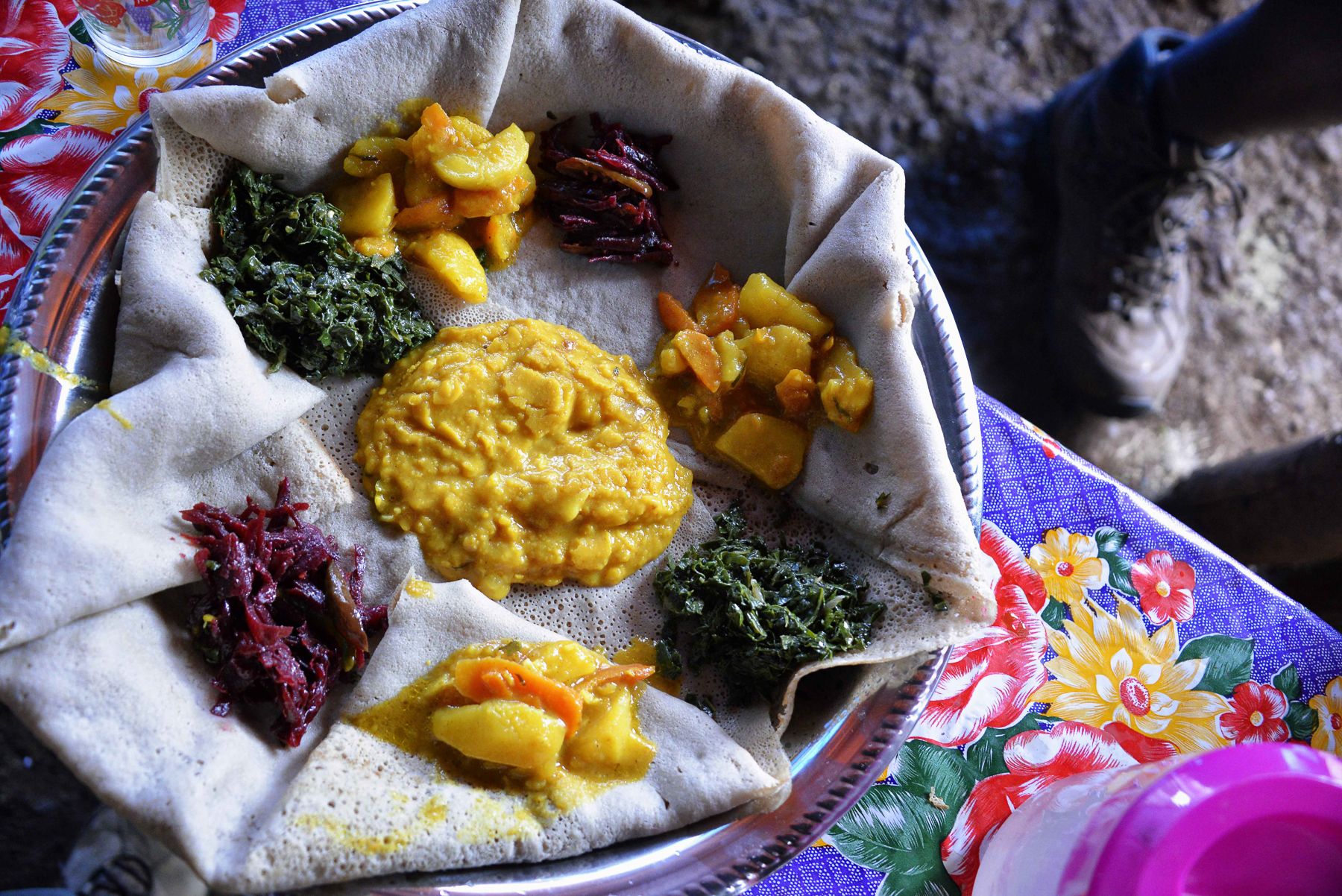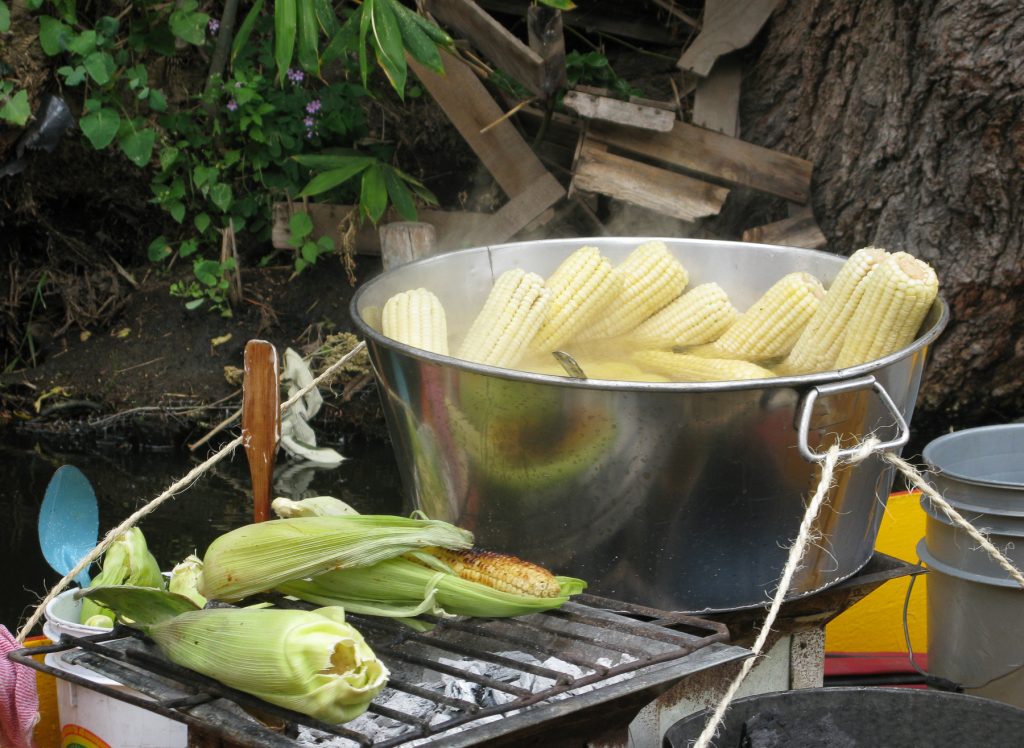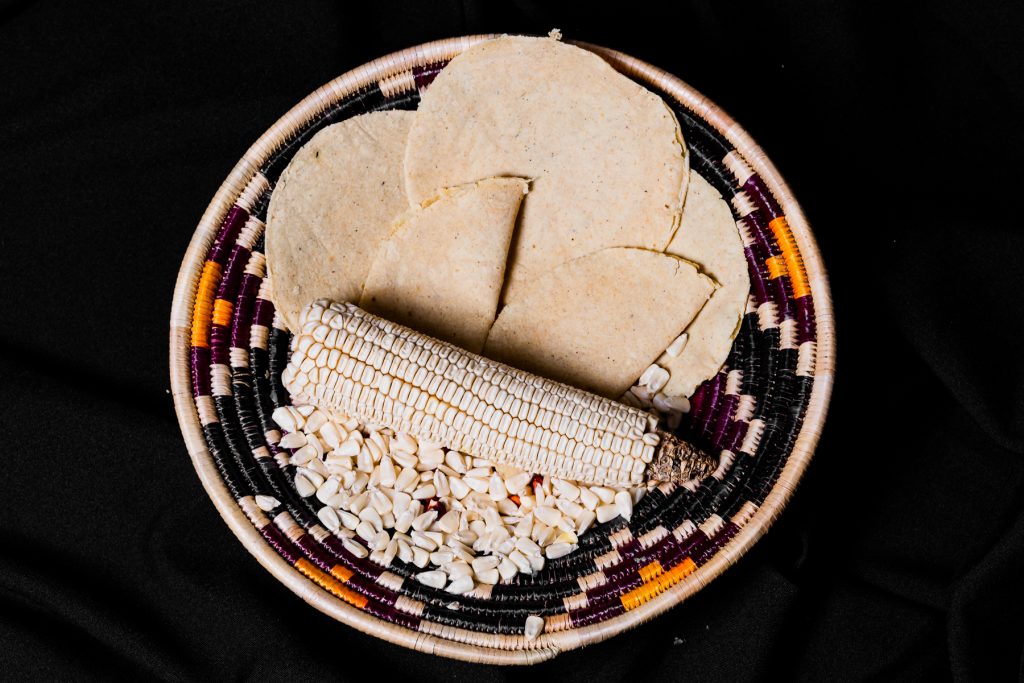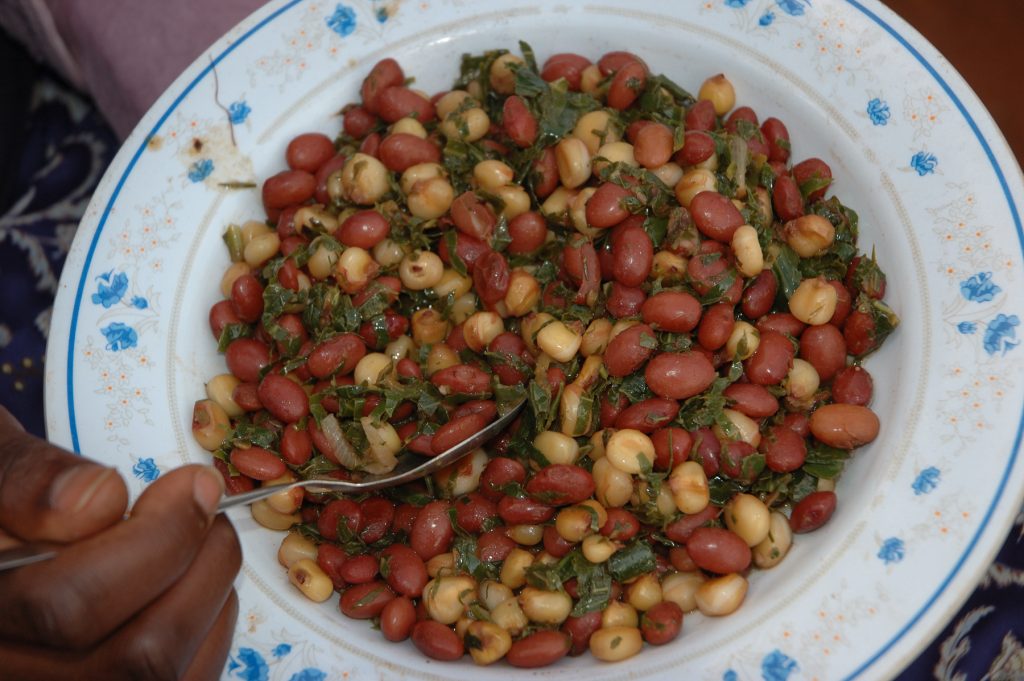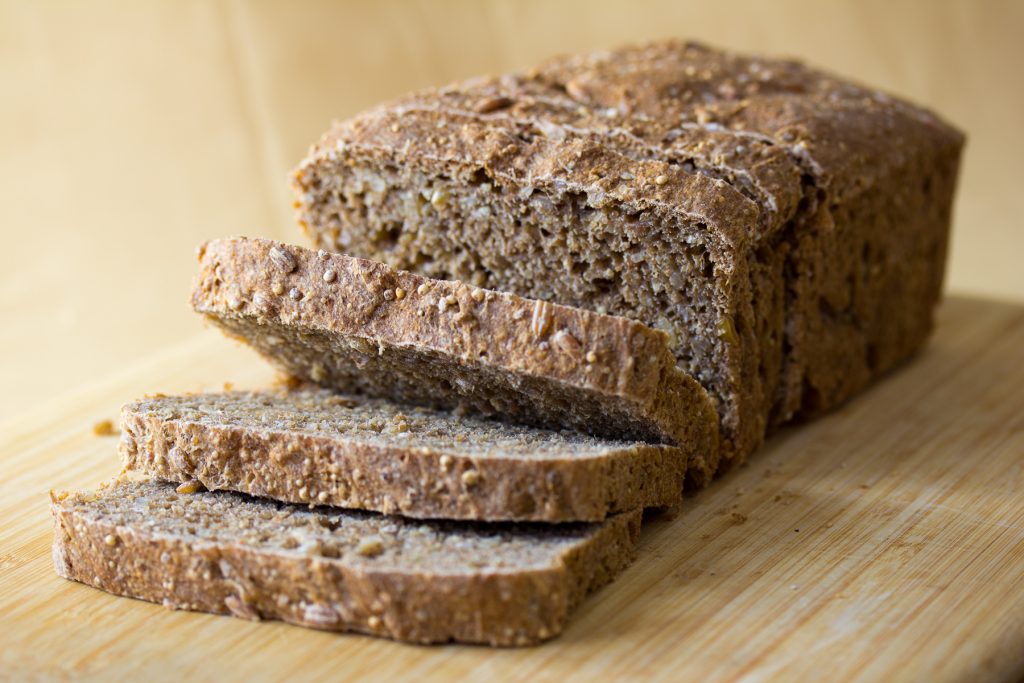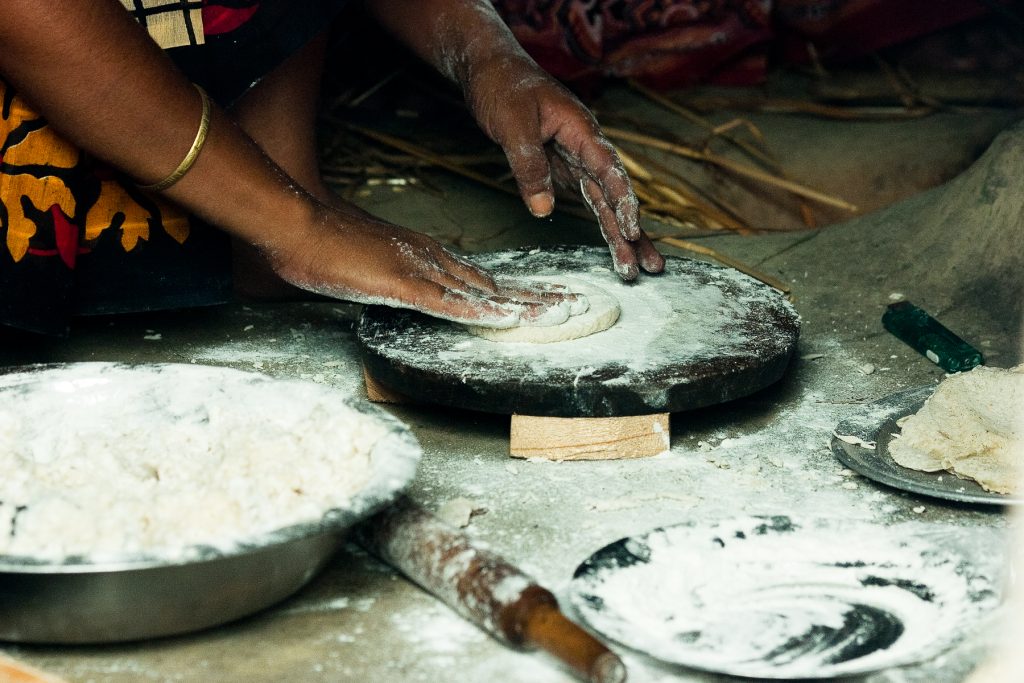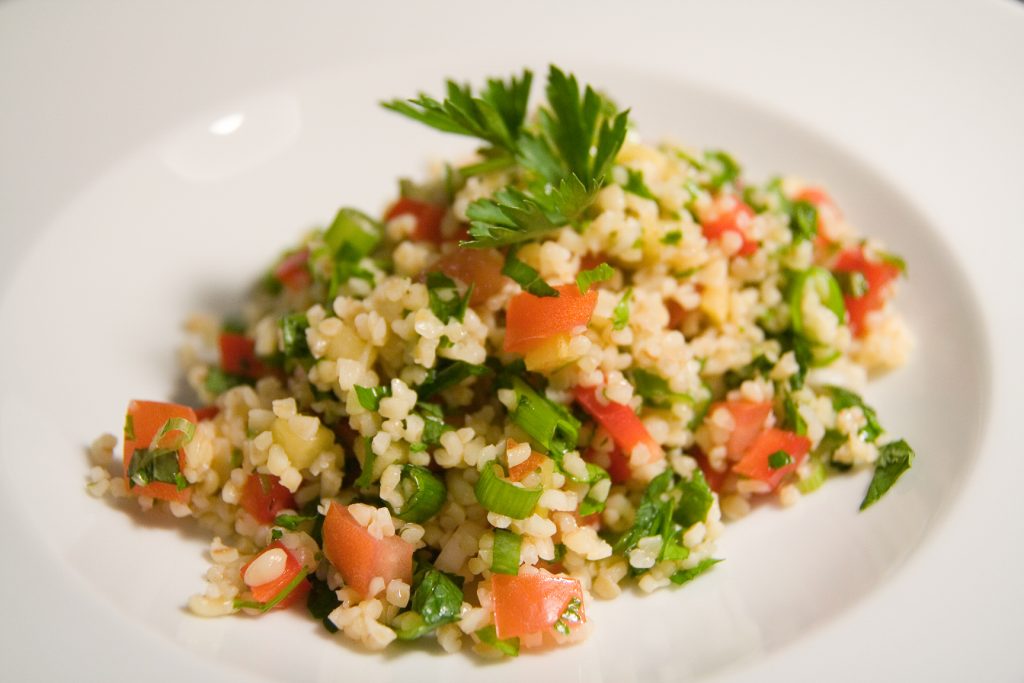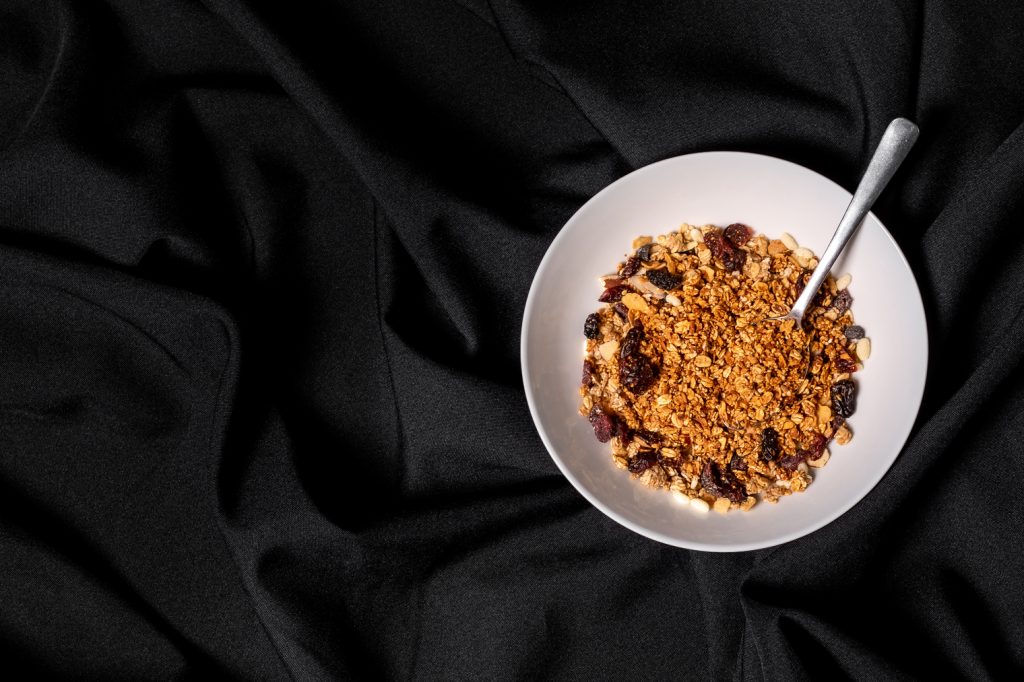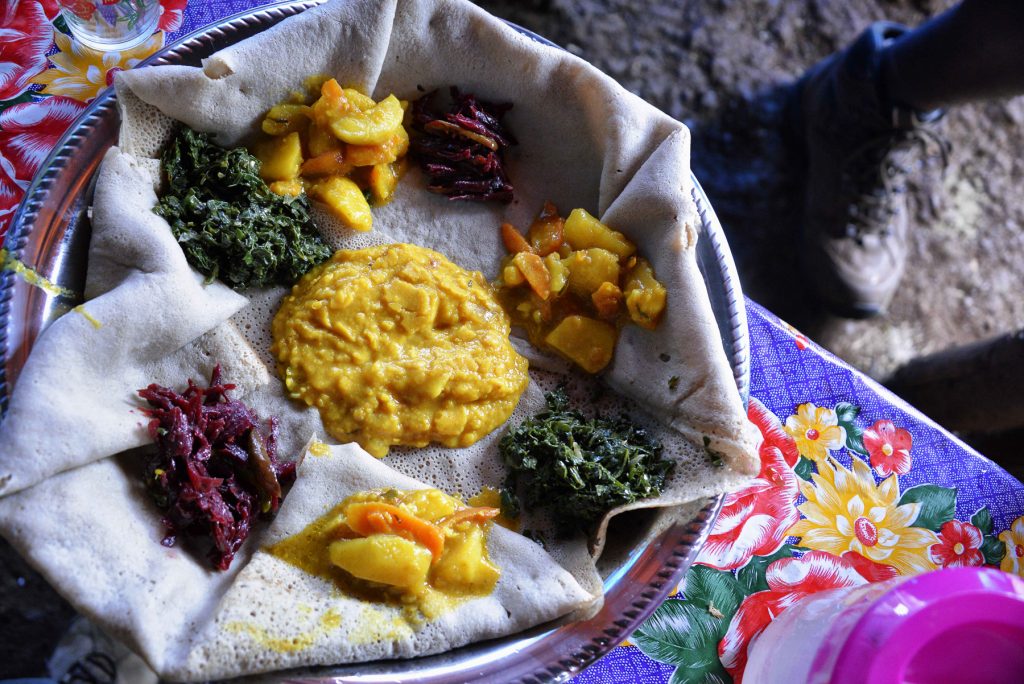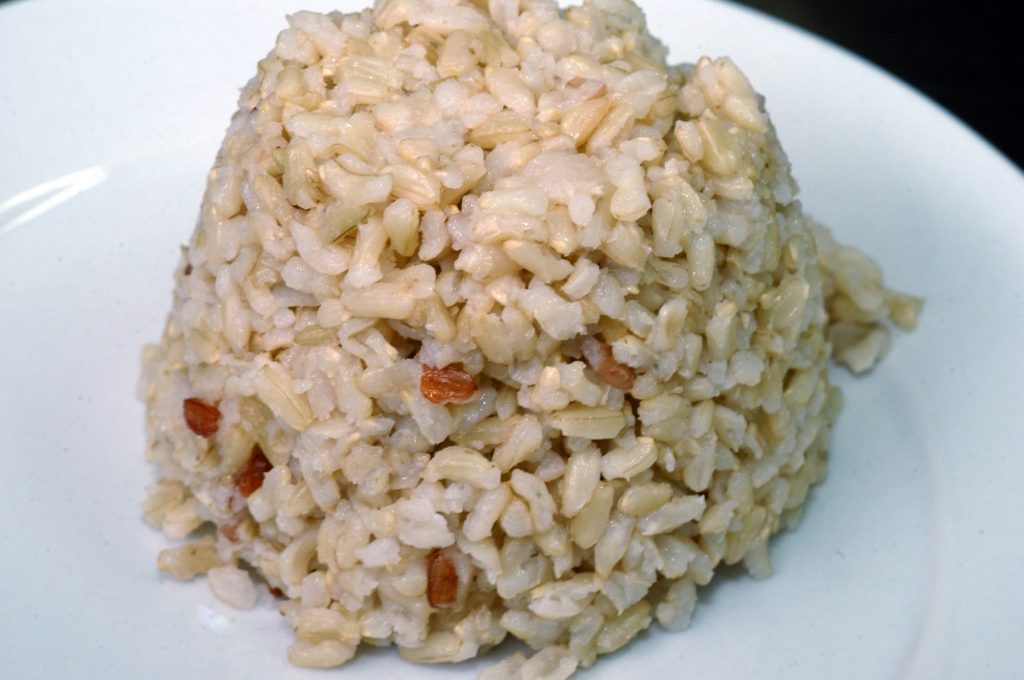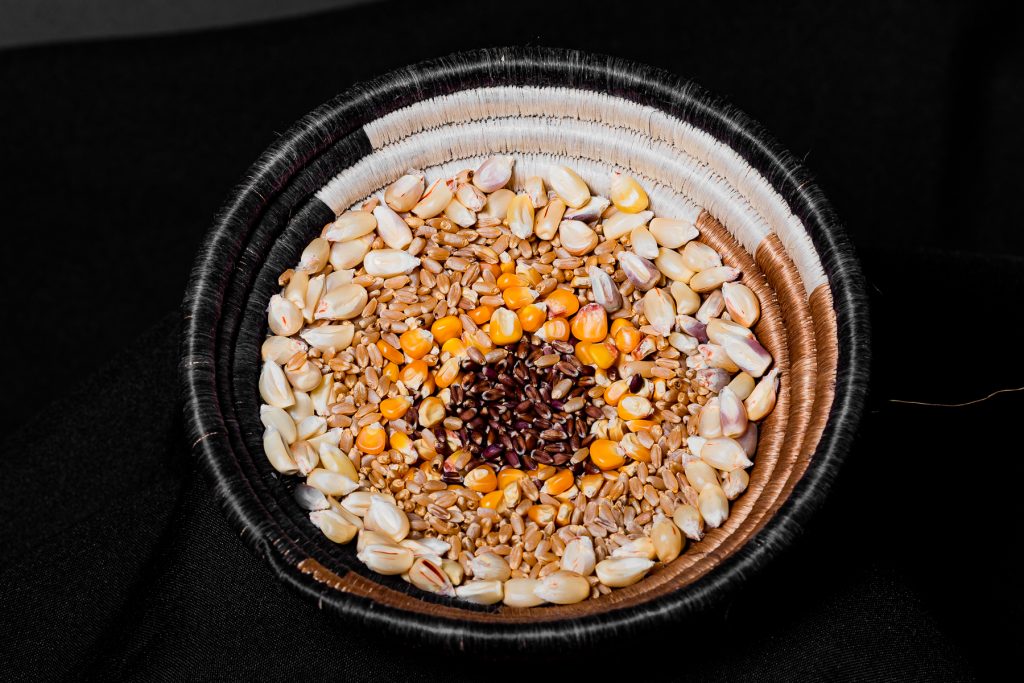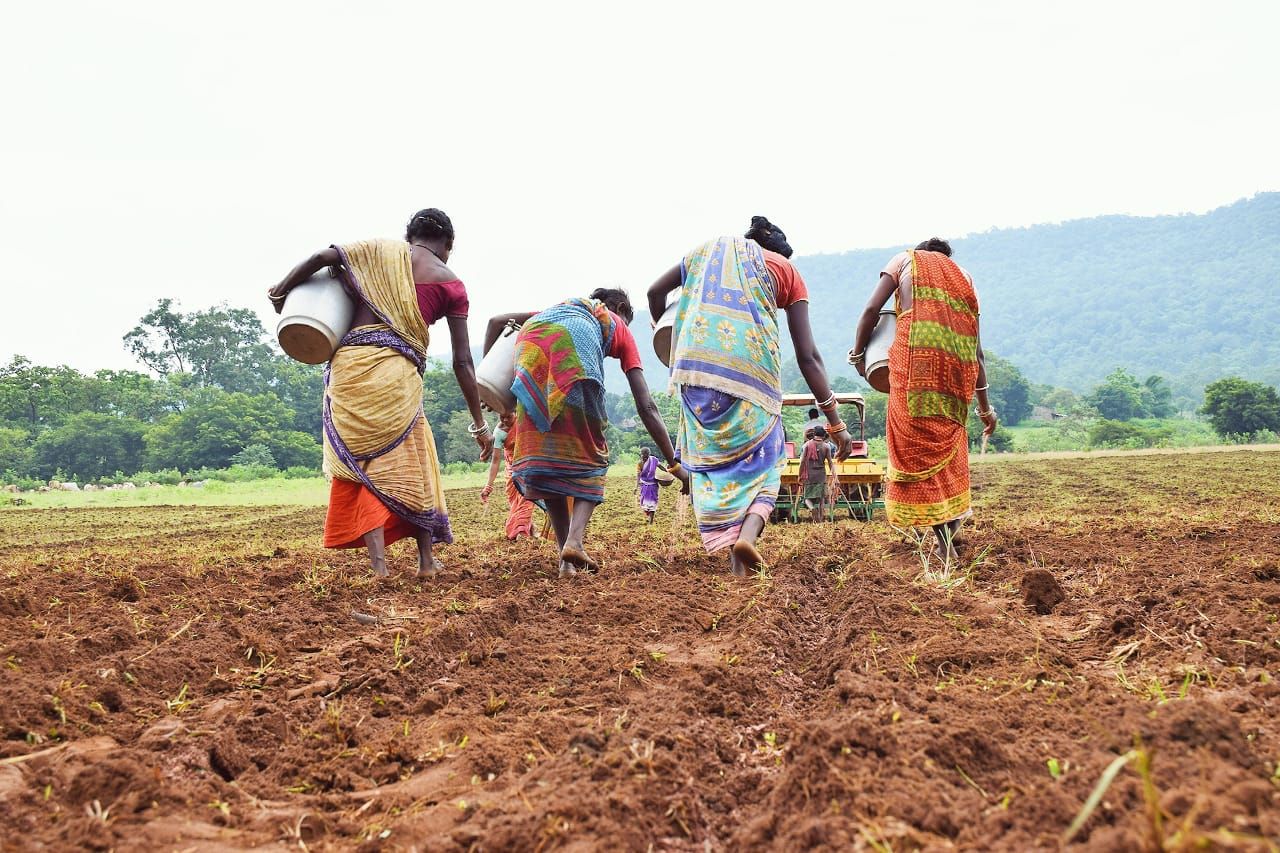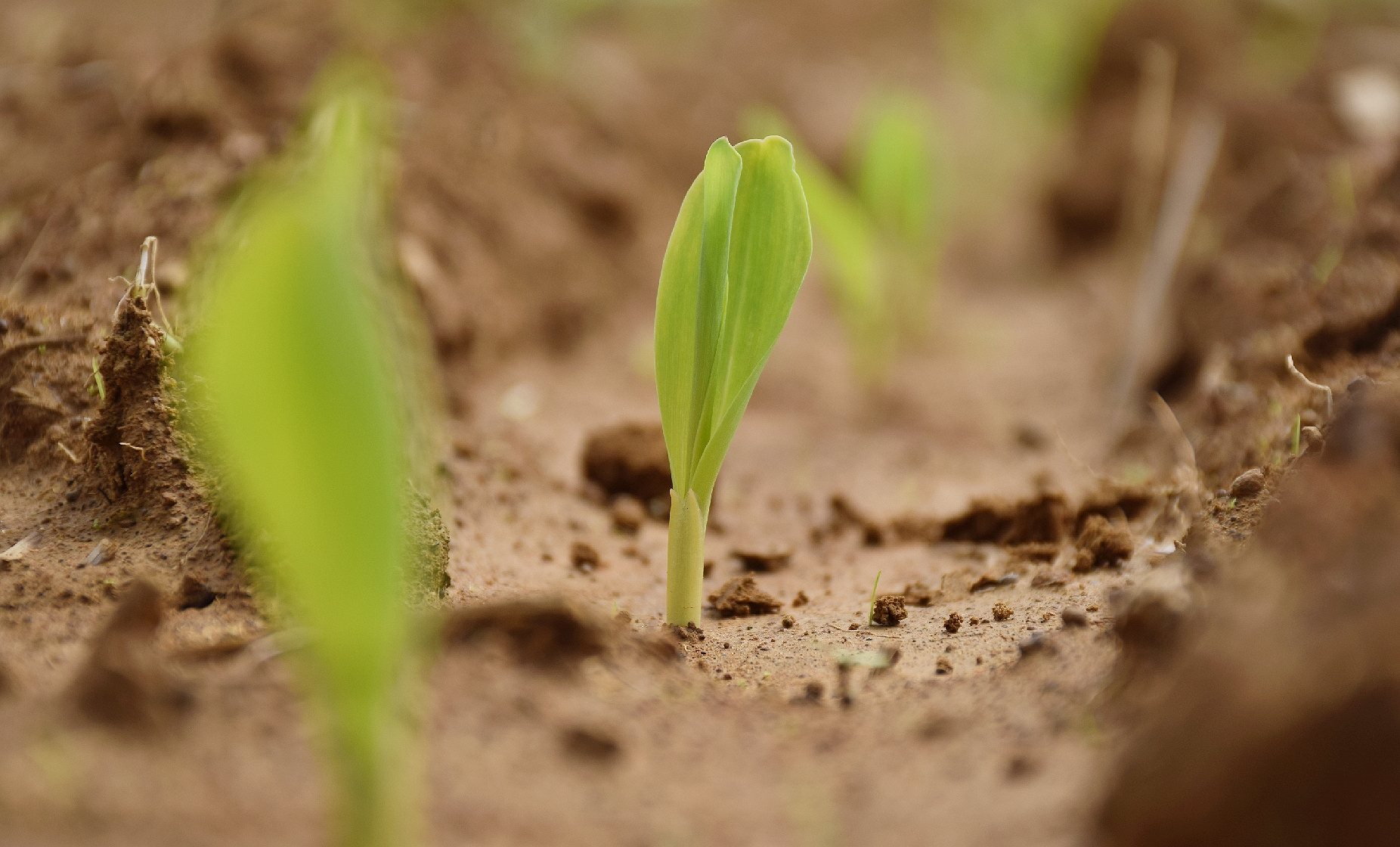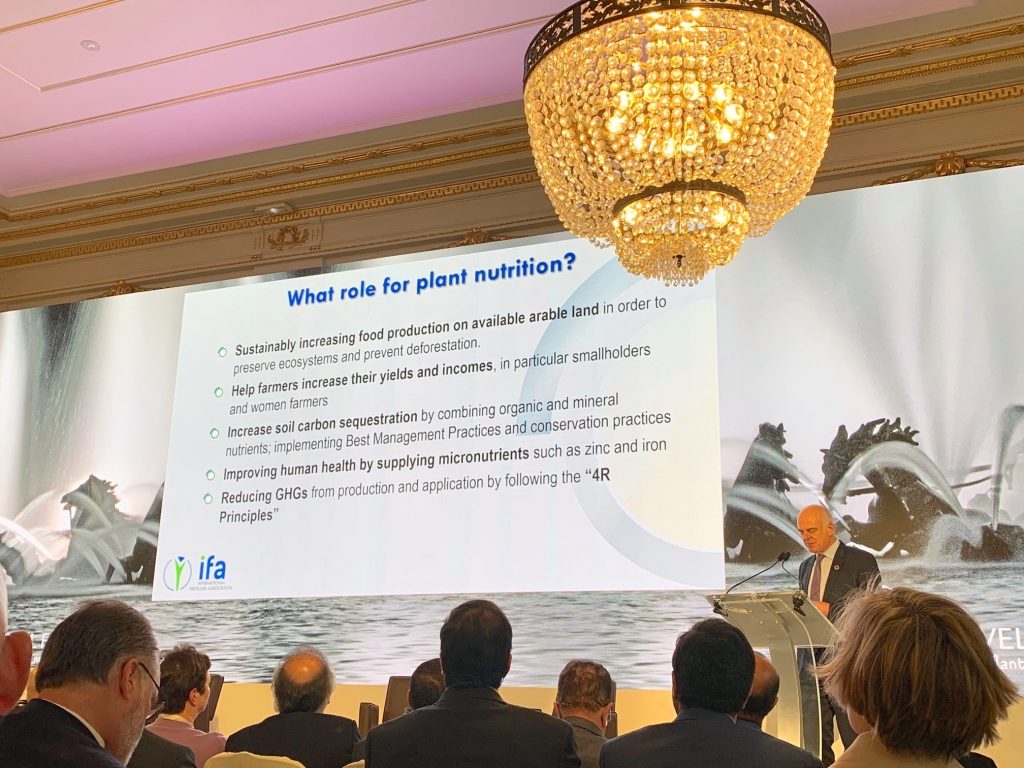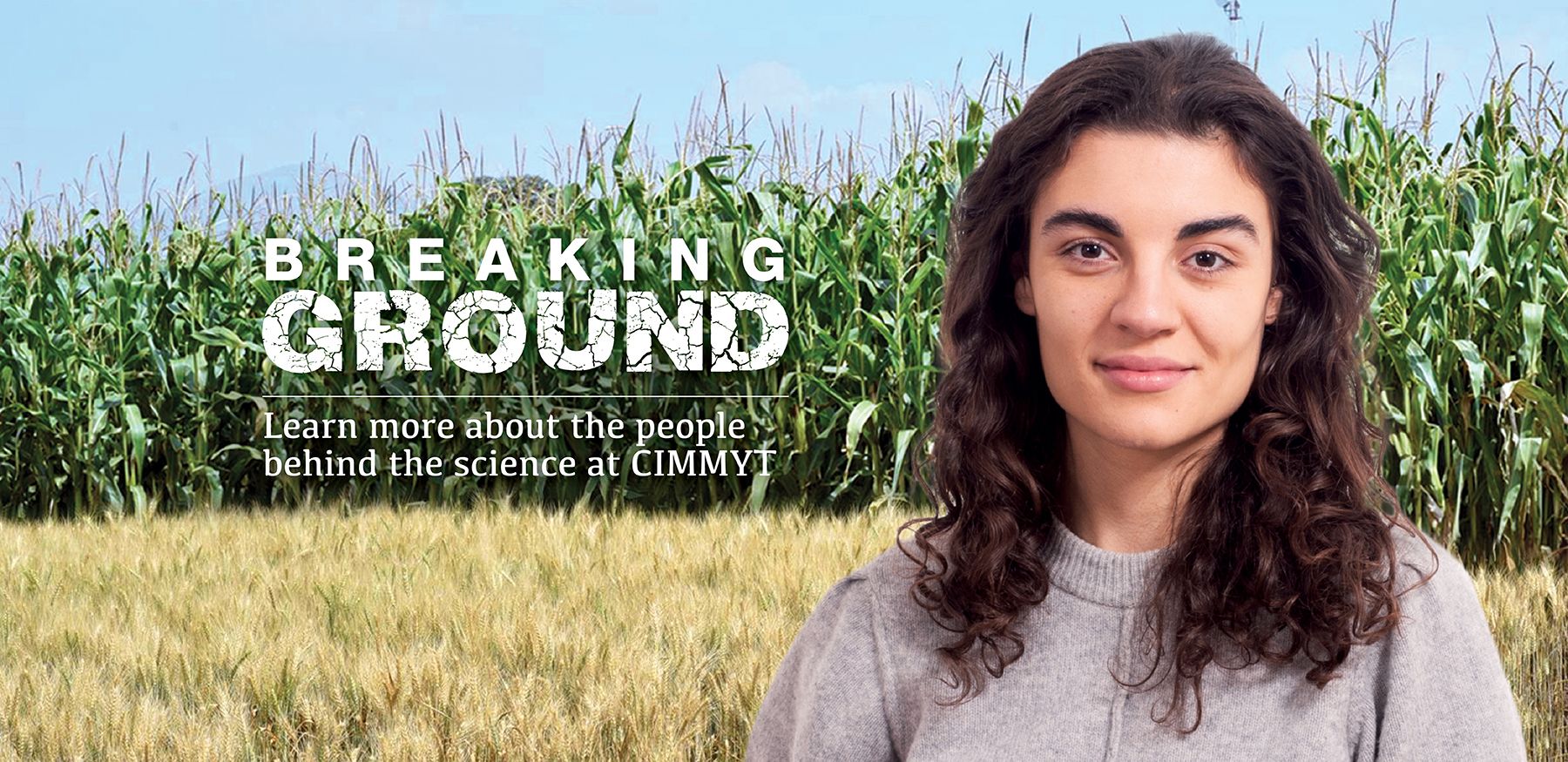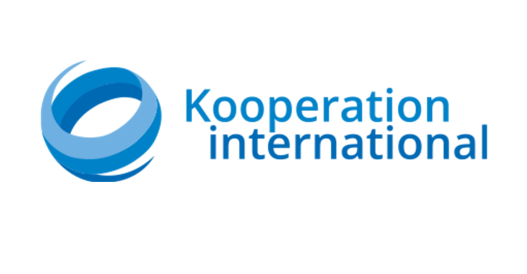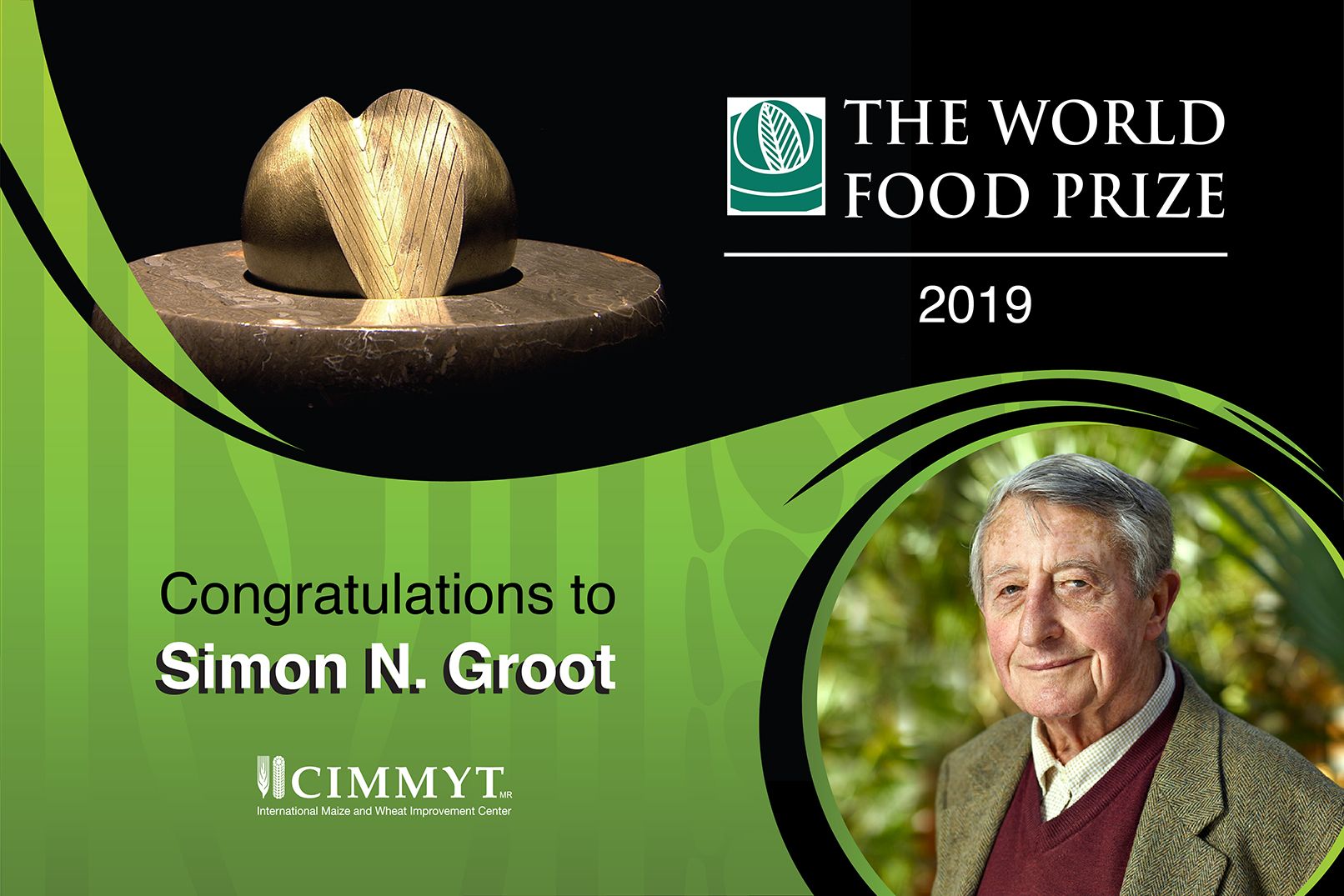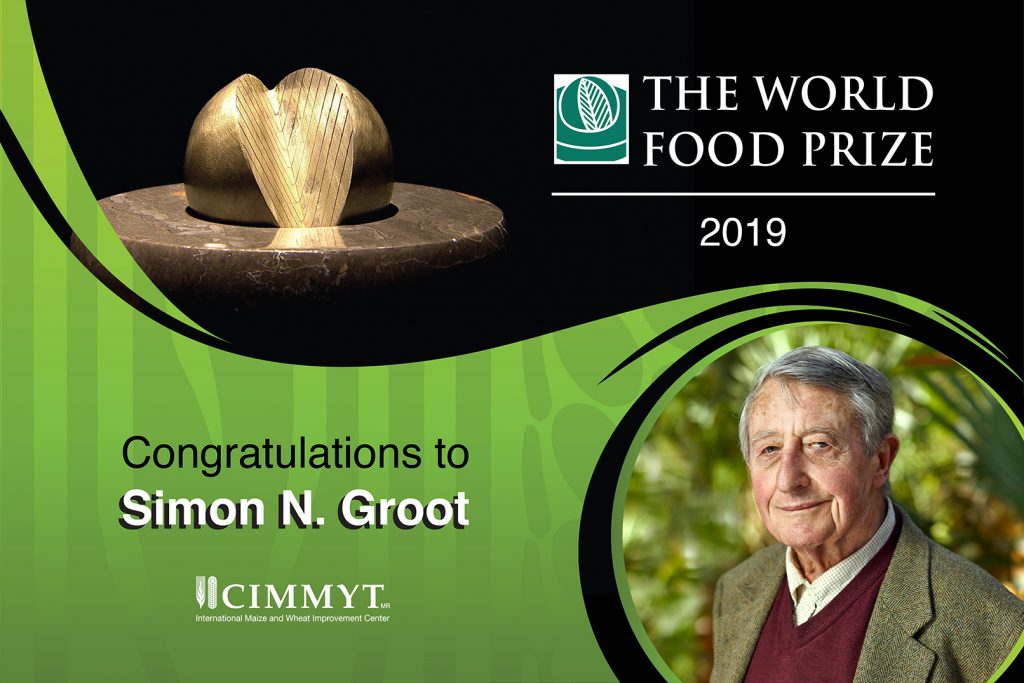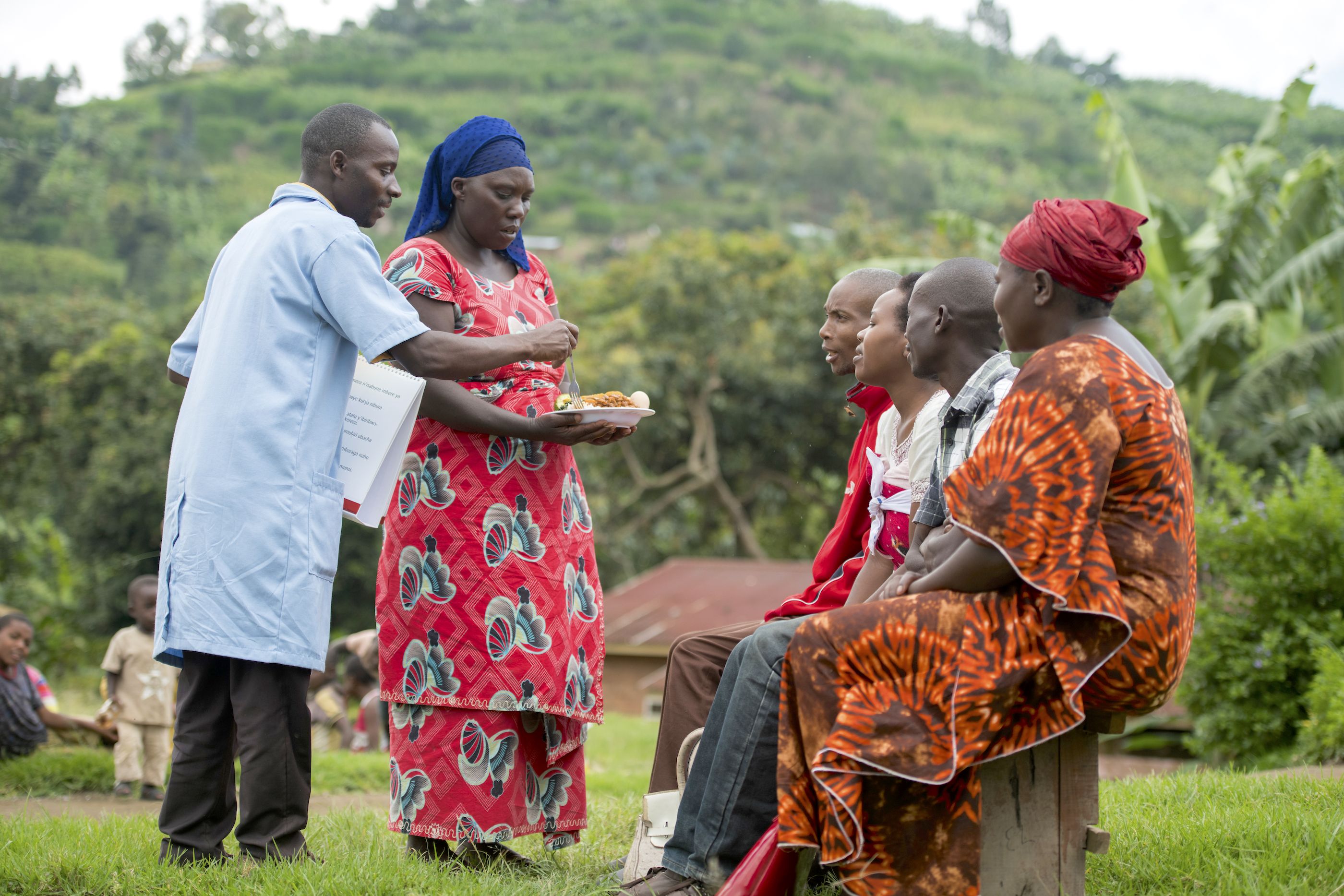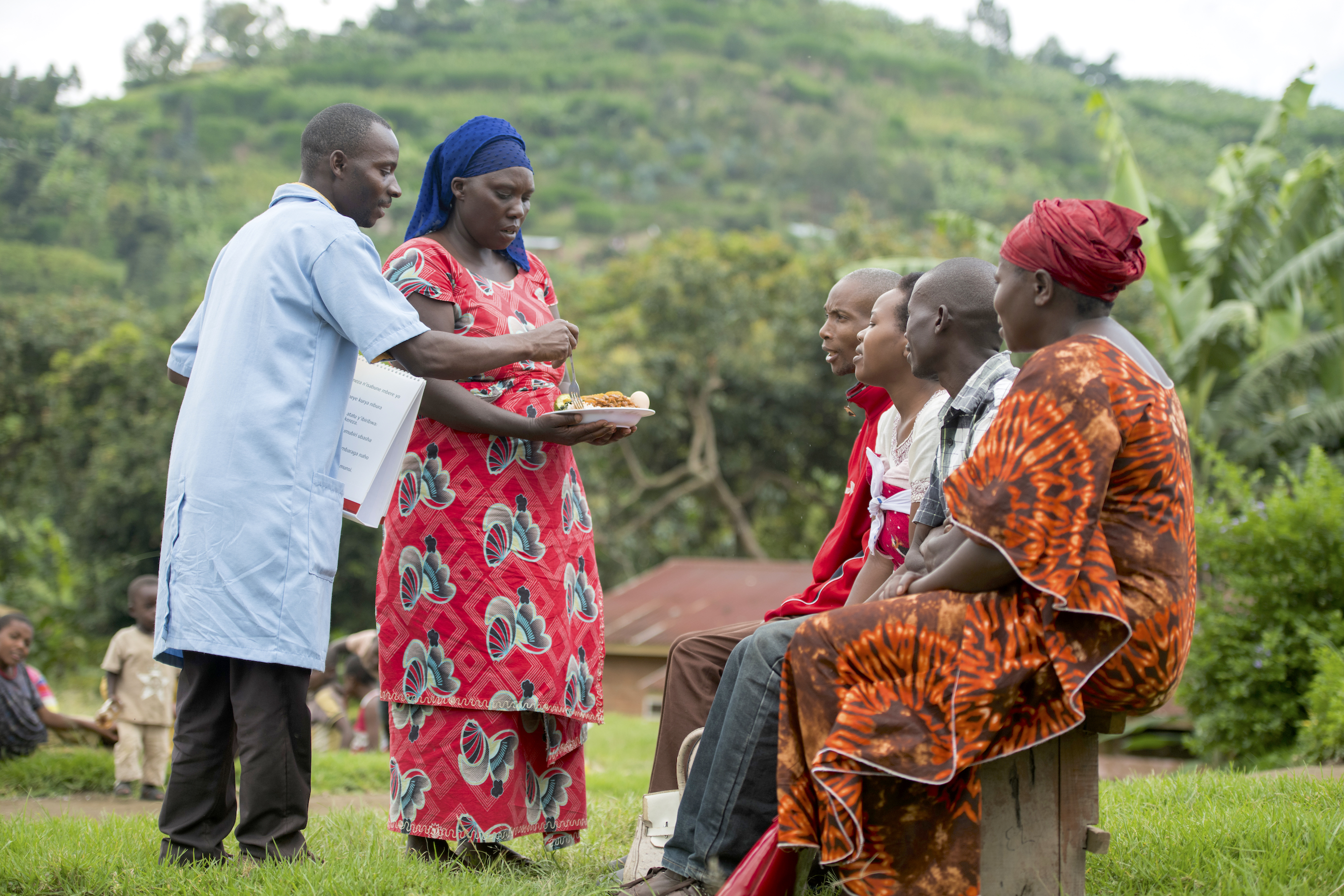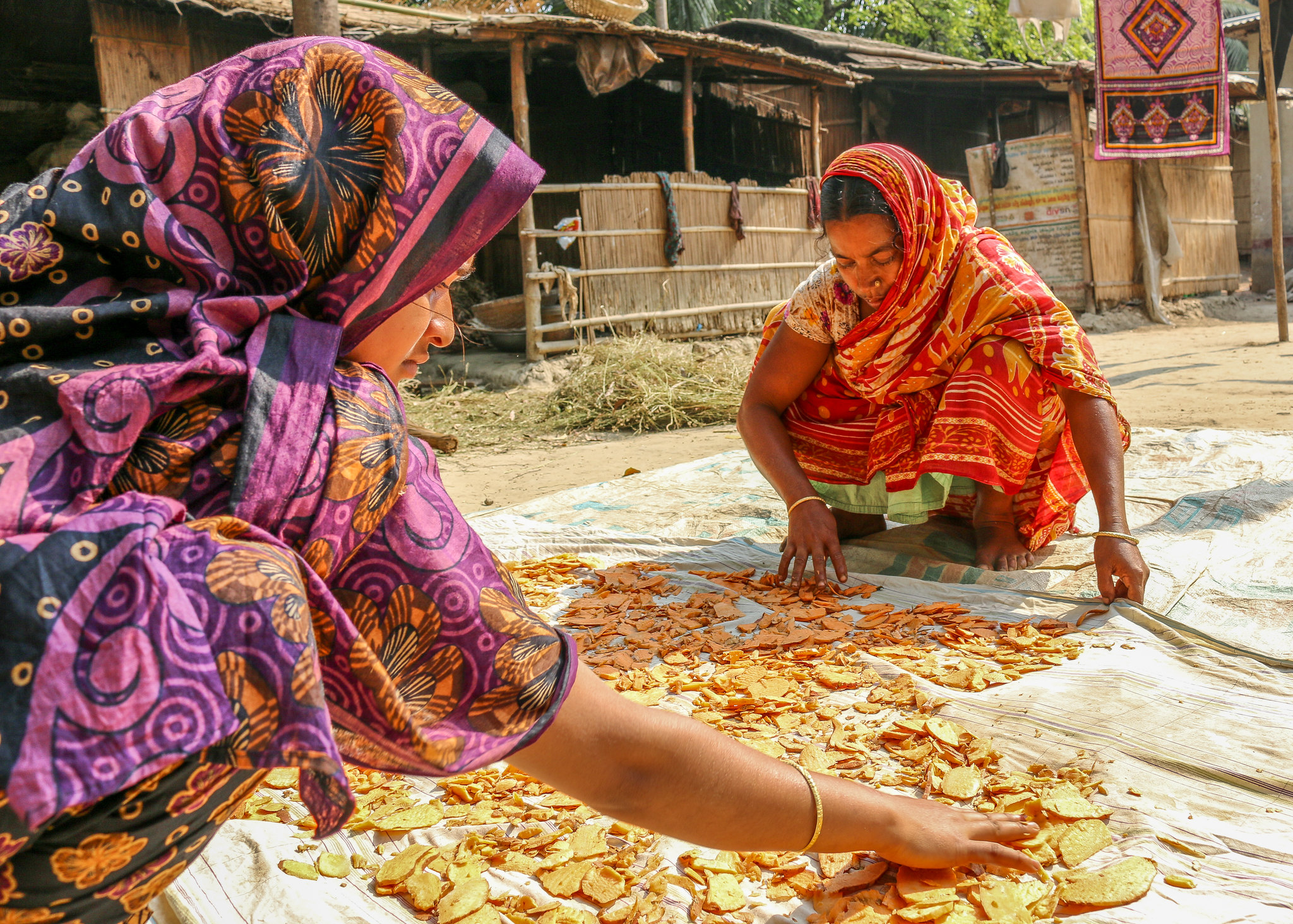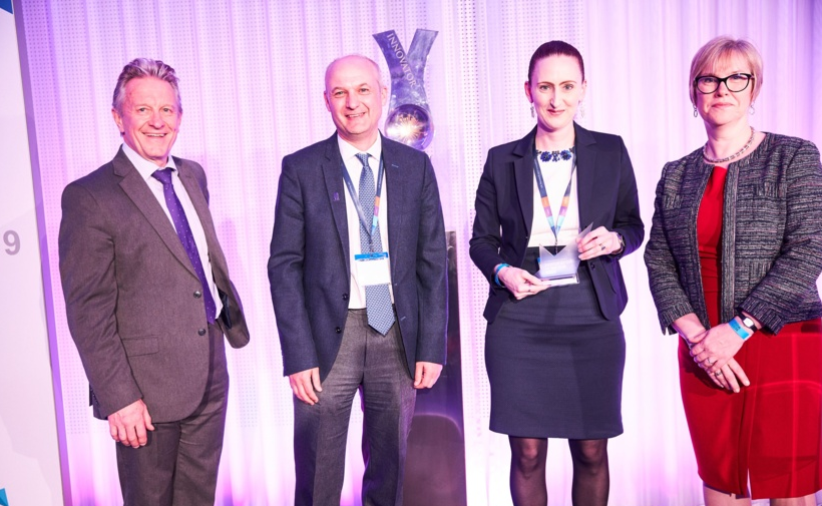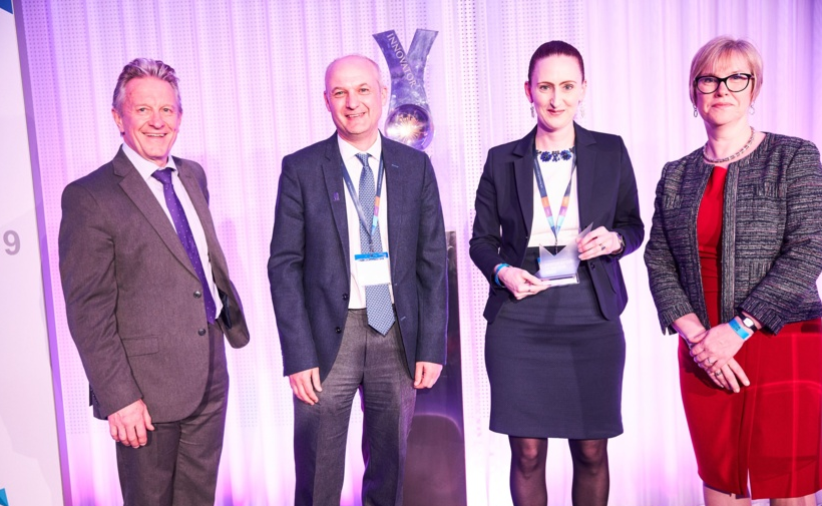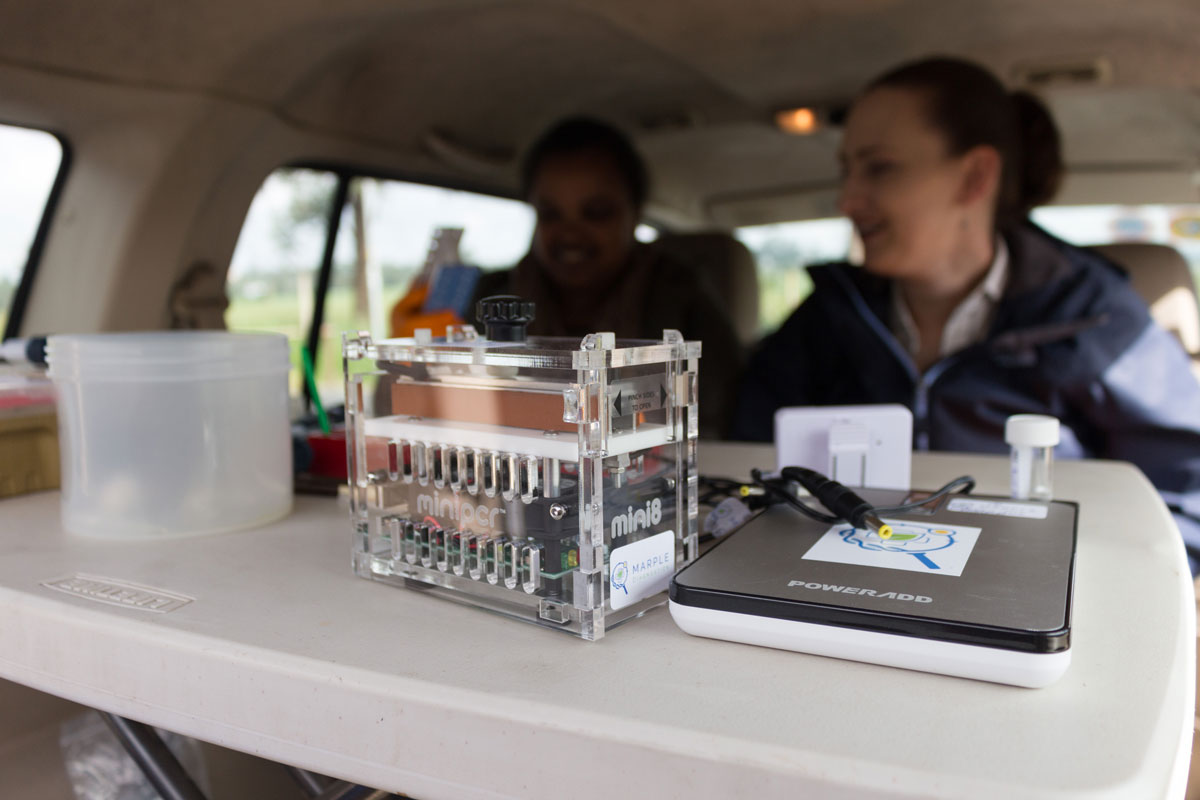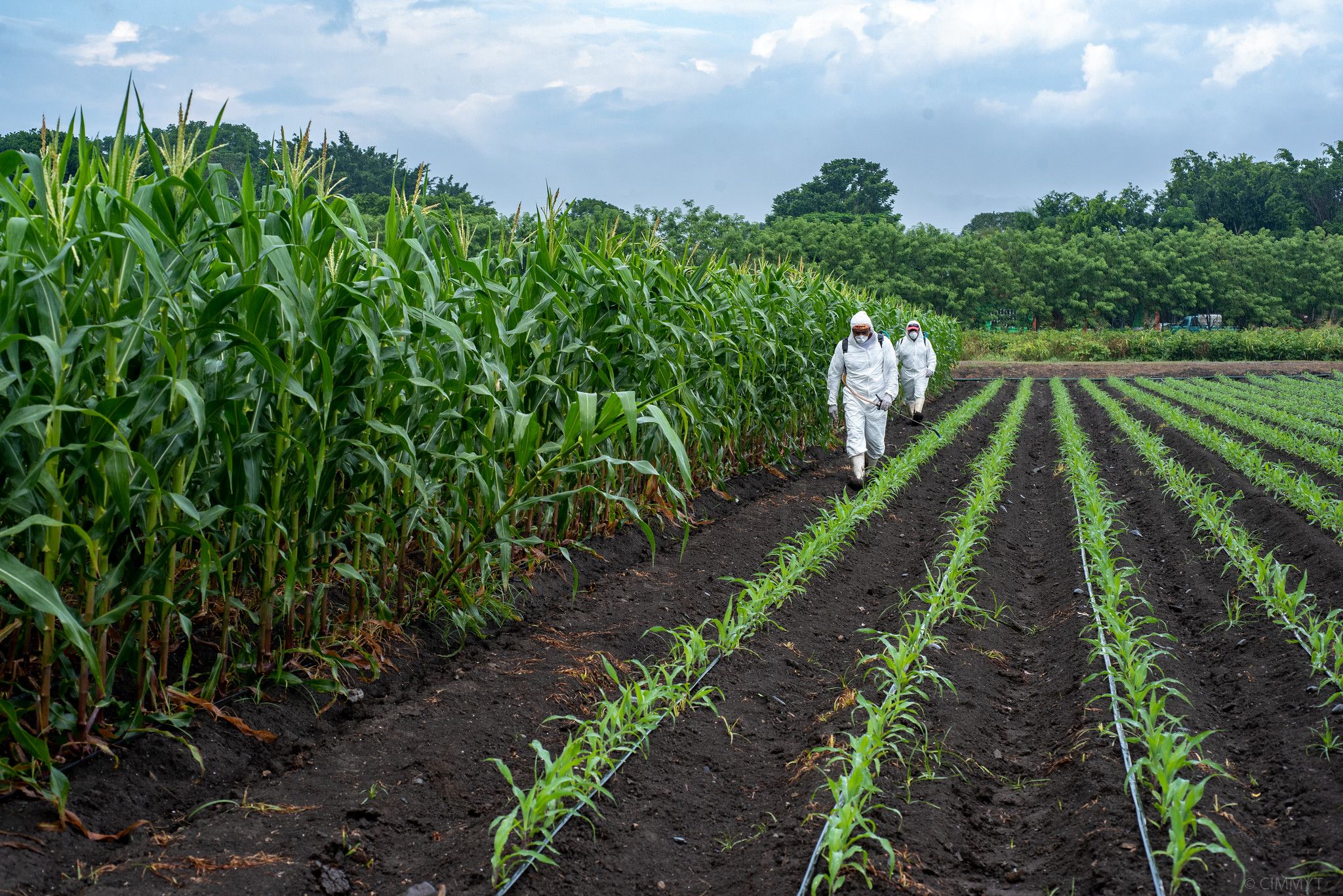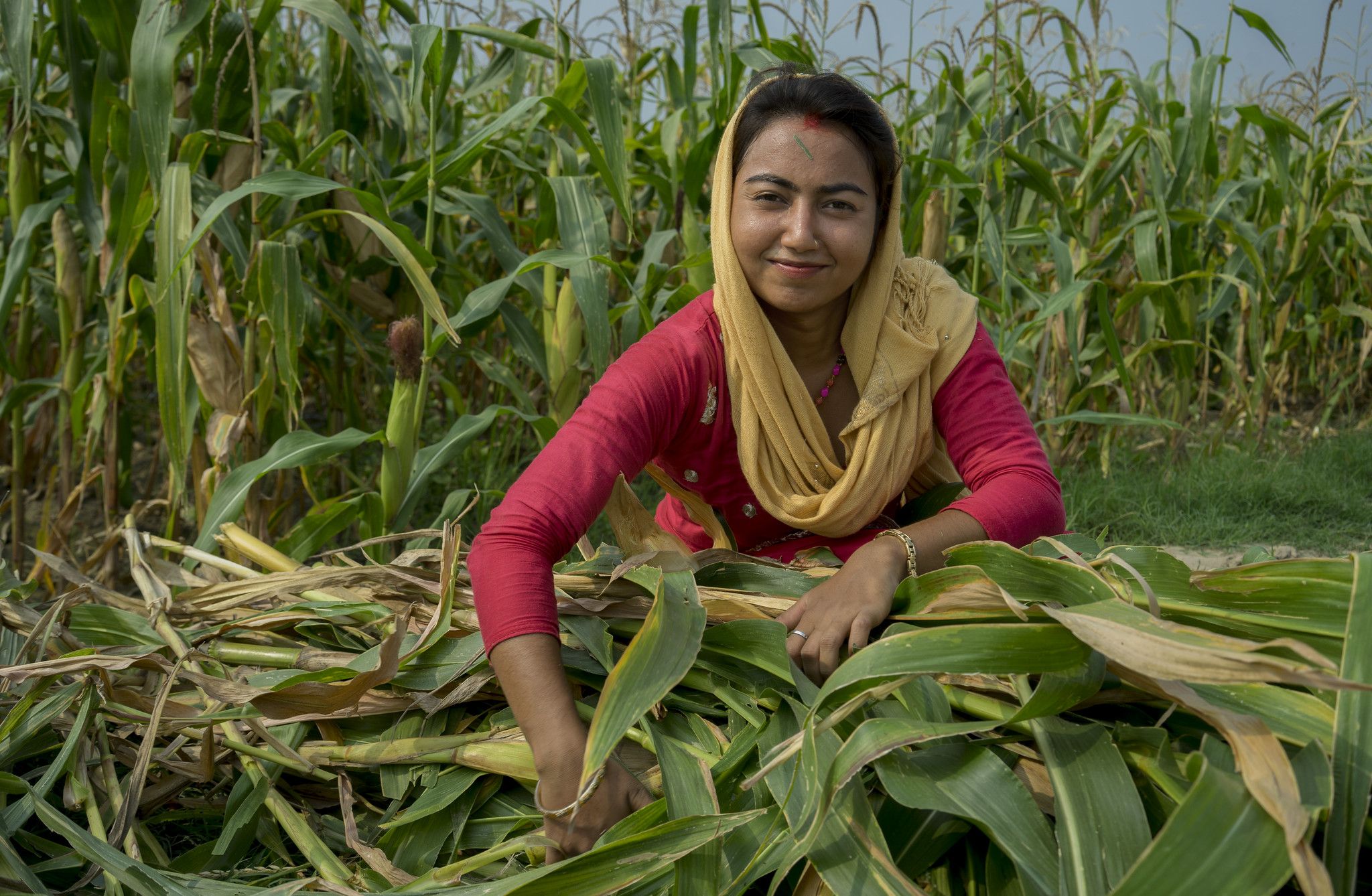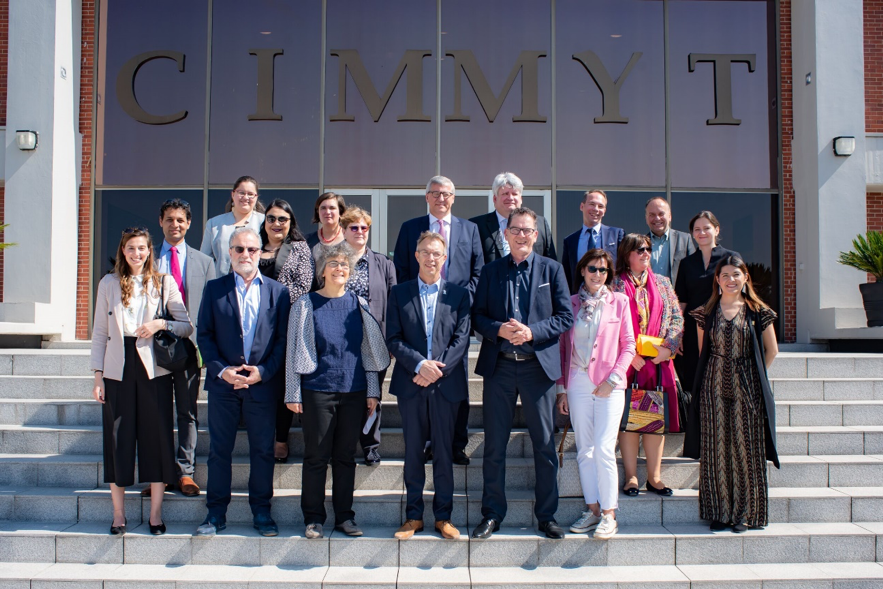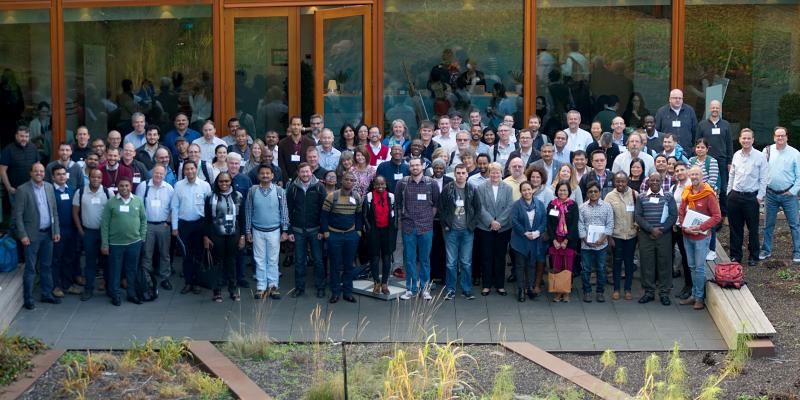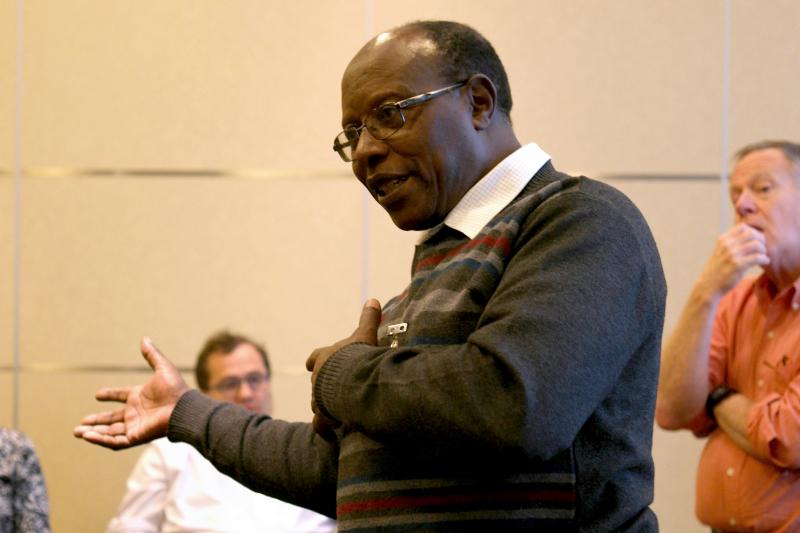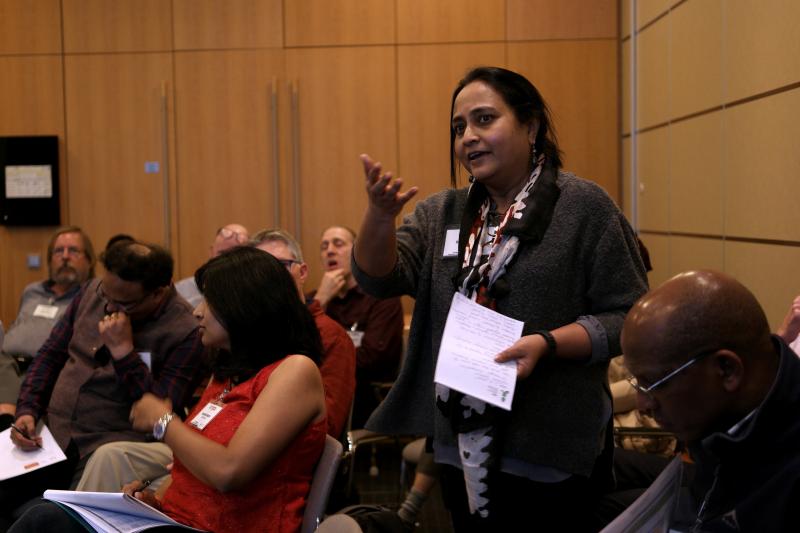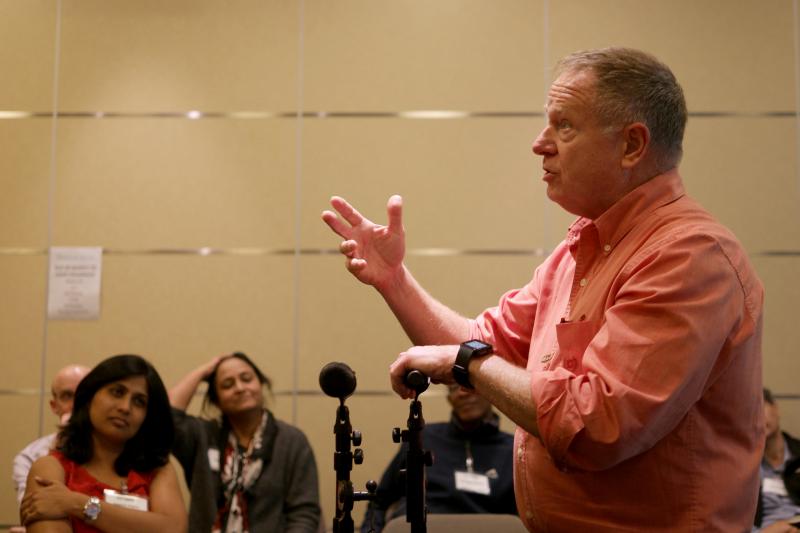International Wheat Yield Partnership launches European Winter Wheat Hub
Building on a wealth of existing investment in UK wheat research and development, including the UK Research and Innovation BBSRC-funded Designing Future Wheat programme (DFW), the International Wheat Yield Partnership (IWYP) has formed a new European Winter Wheat Hub that will accelerate research discoveries from the UK and globally into commercial plant breeding.
A public-private partnership, the IWYP-European Winter Wheat Hub will combine novel traits discovered by collaborative international teams into a range of high performing European winter wheat genetic backgrounds for assessment and use in winter wheat breeding programs.
The global agriculture companies BASF, KWS, RAGT and Syngenta, in collaboration with the UK National Institute for Agricultural Botany (NIAB), will provide a translational pipeline supporting European winter wheat improvement. In partnership with IWYP, commercial breeders will select key genetic discoveries of potential value for the European wheat community from global IWYP research projects. NIAB will then use its expertise in pre-breeding to produce genetic material for the validation and development of selected IWYP research outputs.
Joining the wider existing IWYP Hub Network of large translational pipelines operating on spring wheat at CIMMYT (the International Maize and Wheat Improvement Centre) in Mexico and the recently established NIFA-IWYP Winter Wheat Breeding Innovation Hub at Kansas State University, USA, the IWYP-European Winter Wheat Hub will ensure that cutting-edge discoveries are rapidly available to both the participating wheat breeders and to the global wheat breeding community.
“This is another excellent example of how public-private partnerships (such as the DFW, the Wheat Initiative and IWYP) can work well at both the international and national level,” said Chris Tapsell from KWS, who is leading the IWYP-European Winter Wheat Hub development.
“And this hub will help ensure that the hard work of the IWYP researchers around the world will deliver impacts that address the twin challenges of increasing wheat production for food security whilst protecting the environment.”
Jeff Gwyn, who leads the IWYP program said, “The addition of this new hub further strengthens the IWYP Hub Network and enables the development of our innovations to reach a wider industry base more rapidly. It is critical for IWYP to have its research outputs taken up and utilized for the public good. Public-private partnerships such as this further demonstrate that the IWYP initiative is filling a significant gap and creating value.”
Tina Barsby, CEO of NIAB commented, “NIAB has a strong track record in pre-breeding of wheat and particularly in working closely with commercial breeders to bring new variability to the market. We are really looking forward to helping to advance IWYP project traits into breeding programs.”
This press release was originally posted on the website of the International Wheat Yield Partnership.
The IWYP program is based on an innovative model for public funding and international scientific collaboration to address the global grand challenge of food, nutritional and economic security for the future. The model employs public-private partnerships to scale and drive its research innovations for impact. Operations require active coordination of the international research and development teams whose discovery research focuses on complementary and overlapping sets of potentially high impact novel trait targets deemed likely to underpin yield increases, such as the regulation of photosynthesis, optimal plant architecture, plant biomass distribution, and grain number and size. As the results emerge, it is possible to envisage how to combine them and therefore simultaneously remove multiple constraints affecting yields in farmers’ fields. https://iwyp.org/
NIAB is an independent plant biosciences organisation working to translate fundamental research into innovative solutions and products for the agricultural sector. The IWYP-European Winter Wheat Hub will leverage established expertise in wheat genetics and breeding at NIAB, including newly developed glasshouse and molecular laboratory facilities.
https://www.niab.com/
BASF, KWS, RAGT and Syngenta are innovation-led leaders in the wheat breeding industry, developing varieties that deliver consistent year-on-year genetics gain for the benefit of wheat growers throughout Europe and North America. All companies are active members of IWYP and launched this initiative to speed up and ensure the effective utilization of deliverables from IWYP research projects, which are funded by partners across the globe including the BBSRC in the UK.
www.kws.com
www.ragt.fr
www.basf.com
www.syngenta.com
